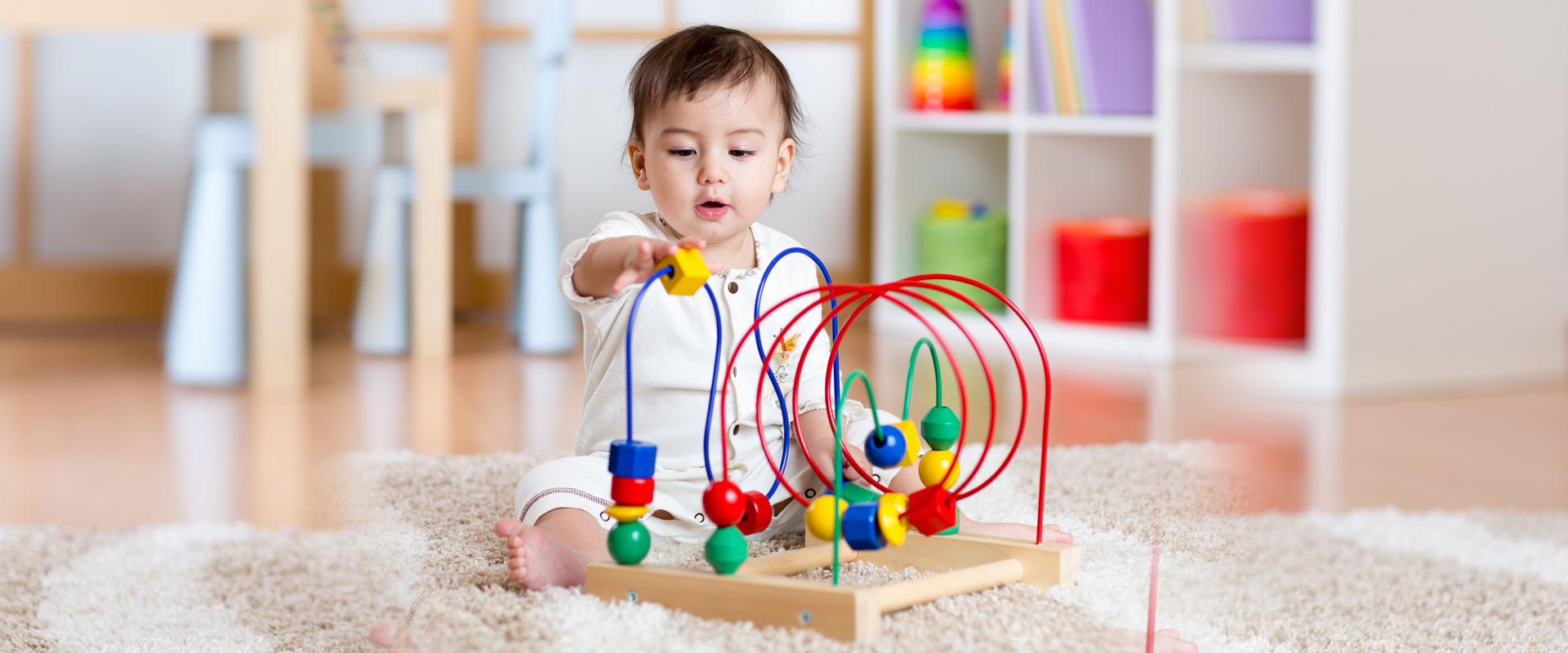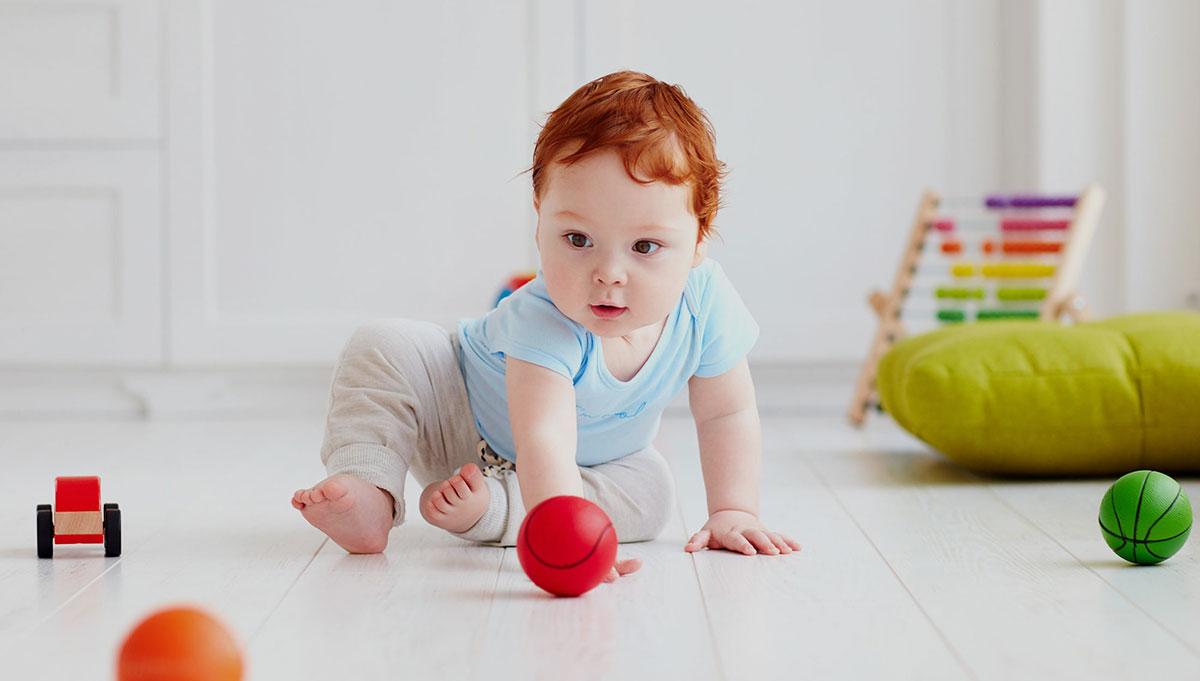Toys can be an excellent way to stimulate your baby’s development, but it’s also essential that they remain clean. Doing so ensures your infant doesn’t spread germs to others or get sick themselves.
Cleaning baby toys is a practical task, depending on their materials and construction. Discover effective methods for maintaining your child’s favorite toys so they smell fresh and look brand new for years to come!
Washing
Maintaining baby toys is essential to prevent bacteria and germs from spreading. They get thrown around, drooled on, spit up on, and put in their mouths – so it’s vital that they’re cleaned thoroughly to stop this spread of harmful germs.
Most toys can be washed in the washing machine, but it is important to read each toy’s care instructions beforehand. You also have the option of handwashing them with hot water and a mild dish detergent.

If your toy is made of plastic, using a sanitizing wipe can help eliminate any remaining germs. It’s recommended to disinfect these toys weekly or whenever a child gets sick.
Stuffed animals are another popular baby toy that can be washed in the machine. Just be mindful not to use too much detergent as this could cause the toy to lose its colour.
Disinfecting
Your little one may accidentally get their hands on them while playing, or they could fall in the toilet or get dropped on the floor. Therefore, it’s essential to keep toys clean and disinfected – otherwise they become breeding grounds for germs that could make your children sick.
Wooden toys such as building blocks and teddy bears can also be disinfected using steam. You may use a clothes steamer to kill germs on wooden toys, but it’s best to let them air dry before giving them back to your little one.
Boiling
Boiling toys is one of the quickest and most economical ways to clean baby items. You can sanitize hard plastic and silicone toys by placing them in a pot of boiling water.
You can sanitize soft plastic and rubber toys by soaking them in hot water with a diluted bleach solution. Be sure to wipe them down thoroughly, allow to air dry completely before returning them to play.
Disinfecting wipes are another great way to disinfect toys. You can select natural wipes that contain ingredients like plant-based soap and disinfectant chemicals for added sanitation.

Bath toys, teething toys and other items that get a lot of playtime in our babies’ mouths should be disinfected once or twice per week. On the other hand, less frequently used items like stuffed animals or general trucks, blocks and puzzles might only need cleaning once or twice a month.
Vacuuming
If your child’s stuffed animals are too delicate for machine washing or boiling in water, vacuuming is an effective solution for cleaning them. Attach a hose or brush attachment to your vacuum cleaner and you can quickly and effectively remove dust particles that get trapped on these toys.
You can clean stuffed animals by brushing or flossing with a soft brush or toothpick. This method works best for animals made of materials like fleece or wool that require surface cleaning.
Additionally, you can use a steam cleaner to disinfect your child’s stuffed animals. Doing so will eliminate germs and bacteria that become trapped on these toys, keeping them from becoming breeding grounds for harmful microorganisms.
Before disinfecting your baby’s toys, it is essential to separate them according to material type. For instance, place all plastic toys in one pile and plush toys in another.
